How To Revive Your Dying Lawn In Simple Steps
A lush, green lawn is the envy of the neighborhood. But what happens when your lawn starts to turn brown and die? Don't despair! There are a few simple steps you can take to revive your dying lawn.
In this blog post, we will walk you through the five steps you need to take to bring your lawn back to life. We will also provide some helpful tips along the way.
Step 1: Identify the Cause
The first step to reviving your dying lawn is to identify the cause of the problem. There are a number of things that can cause a lawn to die, including:
- Drought: If your lawn is not getting enough water, it will eventually start to die.
- Overwatering: Overwatering can also kill a lawn. When the soil is too wet, it can suffocate the grass roots.
- Weeds: Weeds can compete with grass for water, sunlight, and nutrients. If you have a lot of weeds in your lawn, it will be difficult for the grass to thrive.
- Disease: Lawn diseases can also cause grass to die. If you think your lawn may have a disease, it is important to have it diagnosed by a professional.
Once you have identified the cause of your lawn's death, you can take steps to address the problem.
Step 2: Prepare the Soil
Once you have addressed the underlying cause of your lawn's death, you need to prepare the soil for new growth. This involves removing any dead grass, weeds, or debris. You may also need to aerate the soil to improve drainage.
Step 3: Add Nutrients
Grass needs nutrients to grow healthy and strong. If your soil is lacking in nutrients, you may need to add fertilizer. A soil test can help you determine which nutrients your soil is deficient in.
Step 4: Plant New Grass Seed or Sod
Once the soil is prepared and fertilized, you can plant new grass seed or sod. If you are planting seed, it is important to water it regularly until it germinates. Sod is a faster option, but it can be more expensive.
Step 5: Water and Maintain
Once you have planted new grass, it is important to water it regularly. The amount of water your lawn needs will vary depending on the climate and the type of grass you have. You should also mow your lawn regularly to keep it healthy and looking its best.
By following these five simple steps, you can revive your dying lawn and enjoy a lush, green lawn for years to come.
Here are some additional tips for reviving your dying lawn:
- Choose the right grass seed for your climate.
- Aerate your lawn regularly to improve drainage.
- Mulch your lawn to help retain moisture and suppress weeds.
- Control pests and diseases.
- Be patient! It may take some time for your lawn to fully recover.
It is important to know why your grass is dying in summer so that you can take the necessary steps to fix it. There are many possible reasons for grass dying in summer, including:
- Not enough water. Grass needs about an inch of water per week during the summer months. If you don't water your grass enough, it will start to turn brown and die.
- Too much water. Grass can also die if it gets too much water. This can happen if you overwater your lawn or if there is a lot of rain.
- Heat stress. Grass can also die from heat stress. This is more likely to happen if your grass is not getting enough water and the temperatures are very high.
- Nutrient deficiency. Grass may also die if it is not getting enough nutrients. The most common nutrient deficiency that causes grass to die is nitrogen deficiency.
If you think your grass is dying, it is important to identify the cause so that you can take the necessary steps to fix it. You can usually do this by looking at your lawn and paying attention to the weather conditions. If you are not sure what is causing your grass to die, you can always contact a lawn care professional for help.
To learn more about why grass dies in summer and how to fix it, visit Home Gardening.
FAQ of grass dying in summer
null
Image of grass dying in summer
- Image of a patch of brown grass in a sunny field.
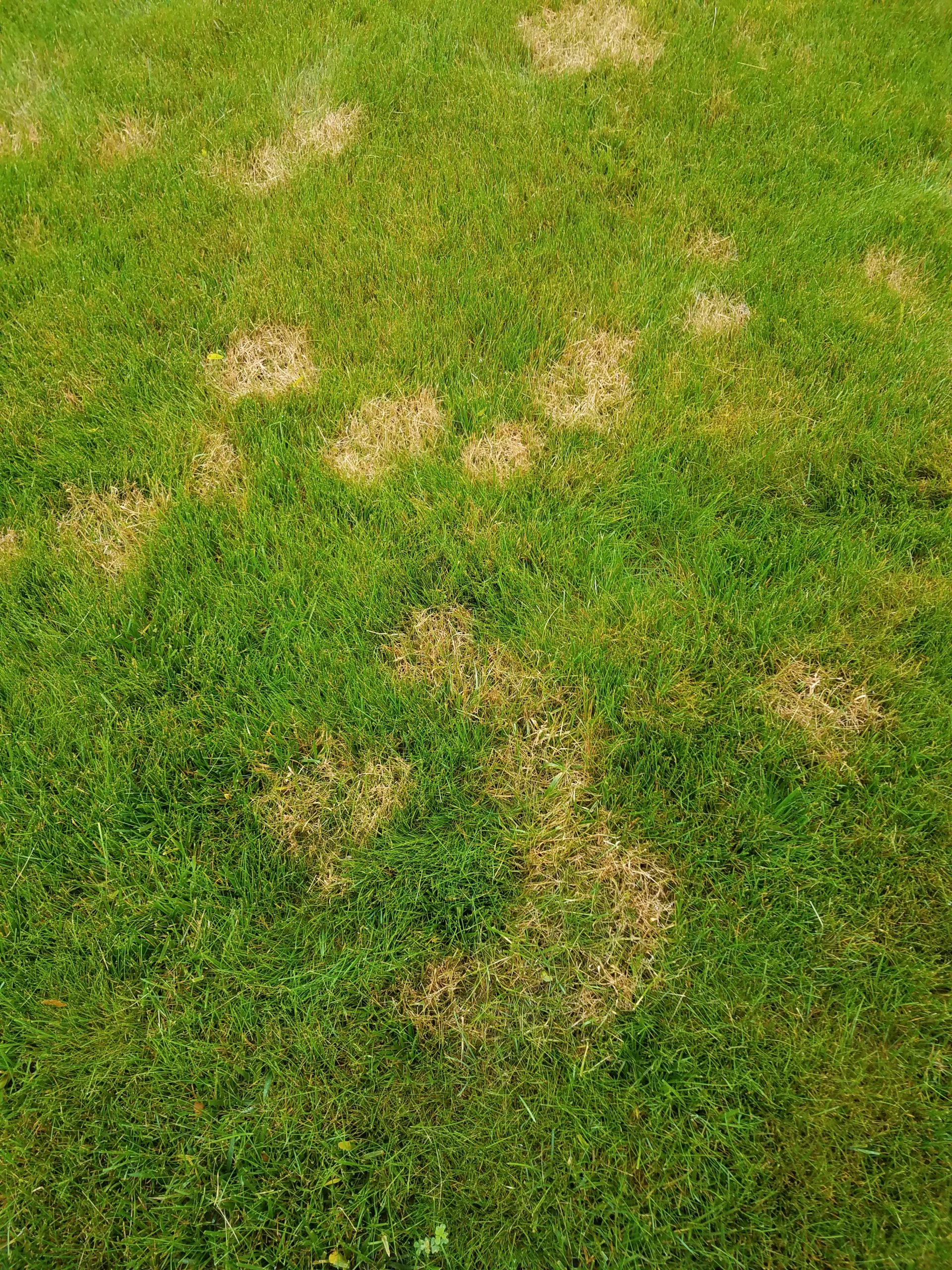
- Image of a wilted blade of grass against a blue sky.
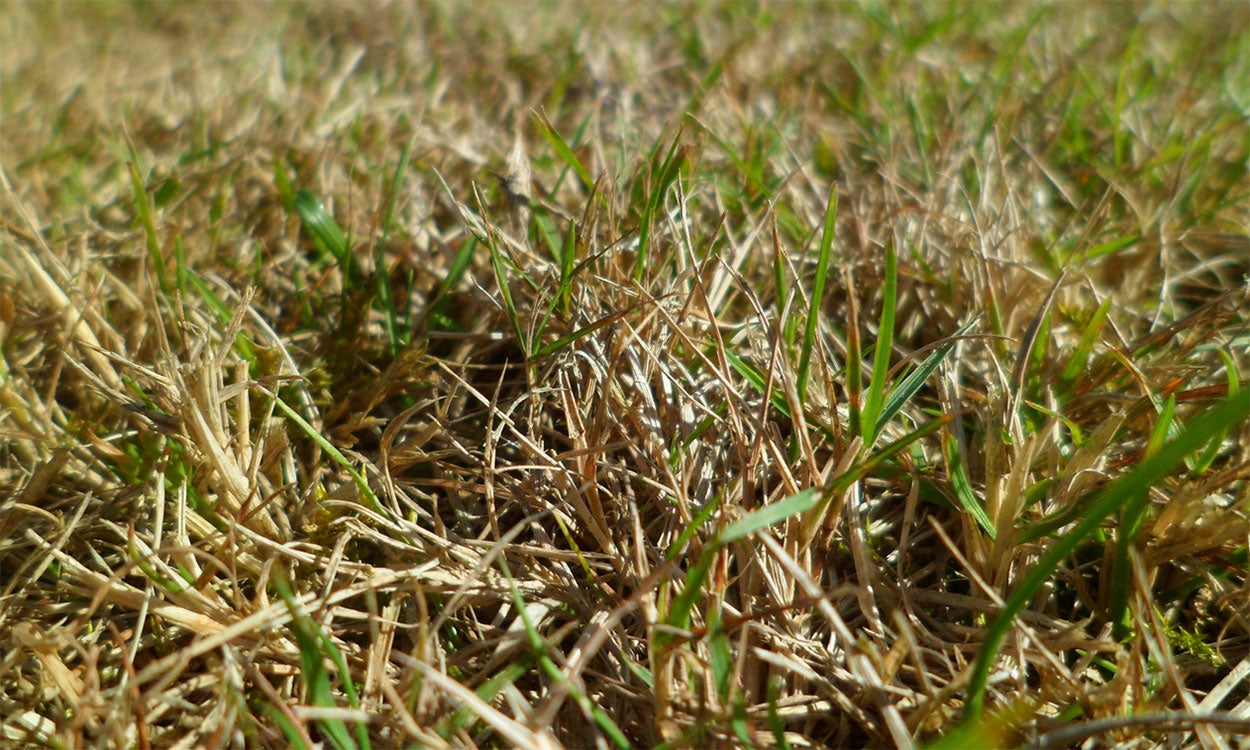
- Image of a dry, brown lawn with a few green patches remaining.
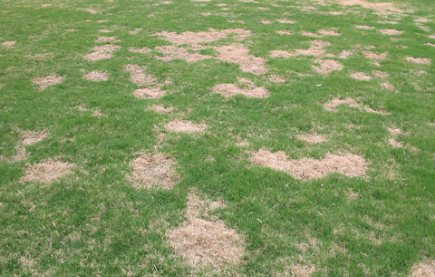
- Image of a cracked mud puddle in a parched field.
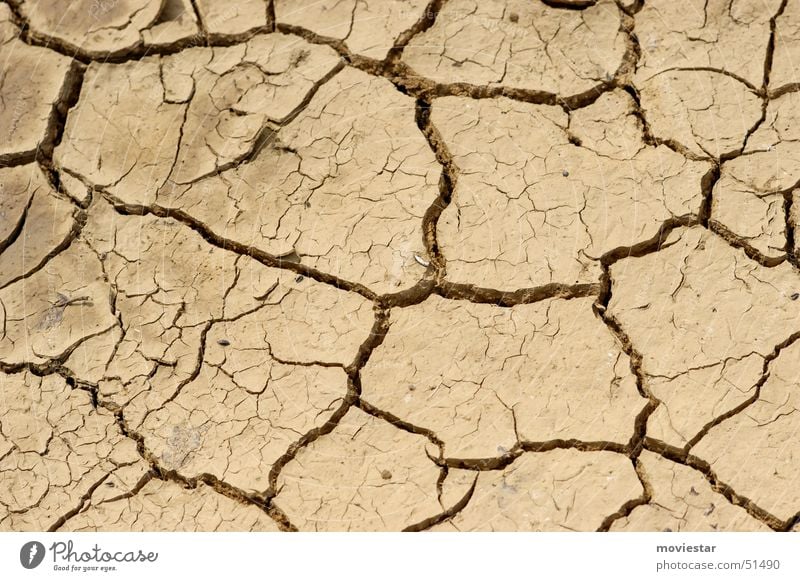
- Image of a dead tree stump surrounded by dry, brown grass.

- Image of a herd of cattle grazing on a patch of dying grass.

- Image of a farmer watering a dying field of corn.

- Image of a fireman putting out a fire in a dry field.

- Image of a dust storm blowing through a field of dying crops.
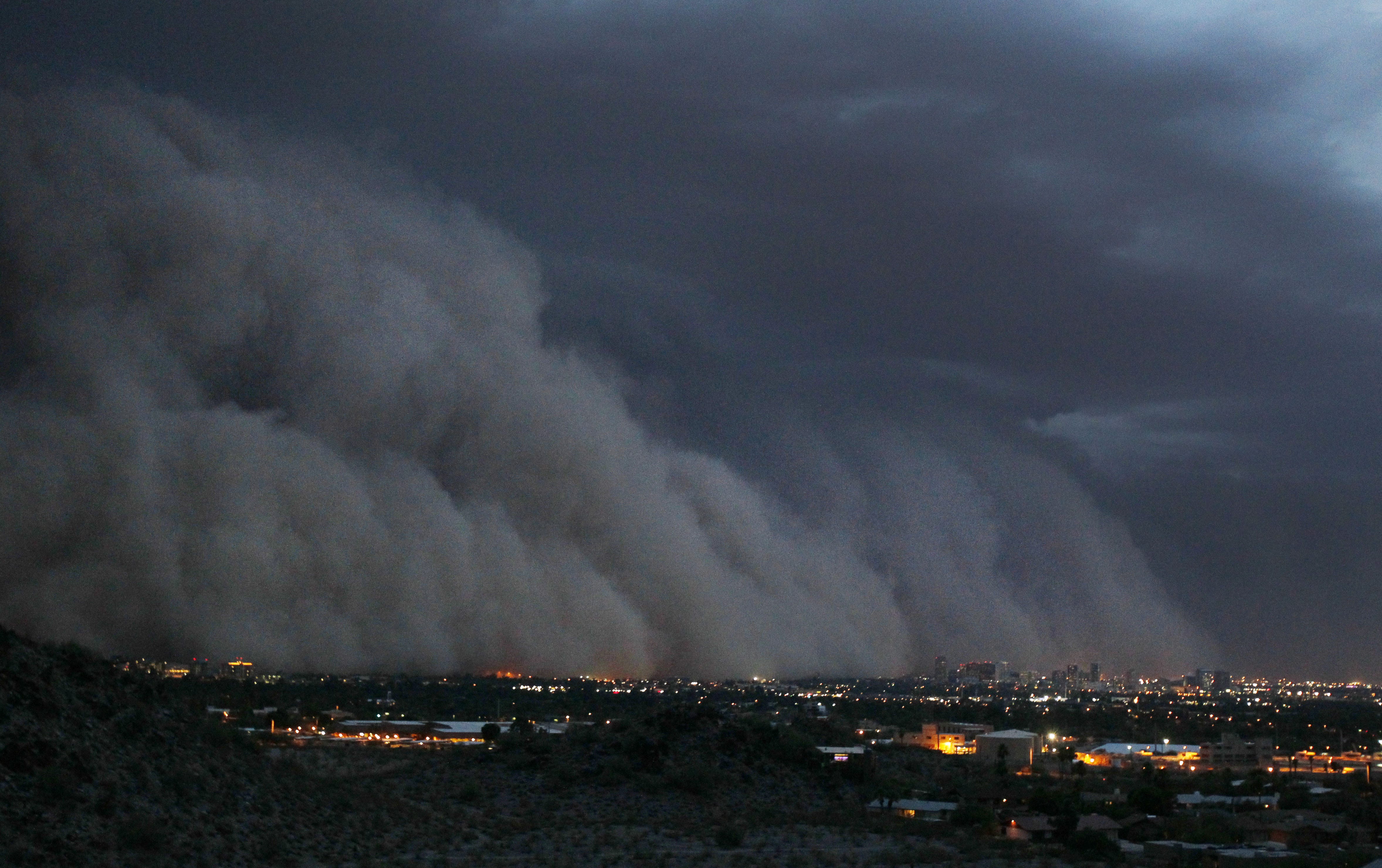
- Image of a satellite view of a drought-stricken region.
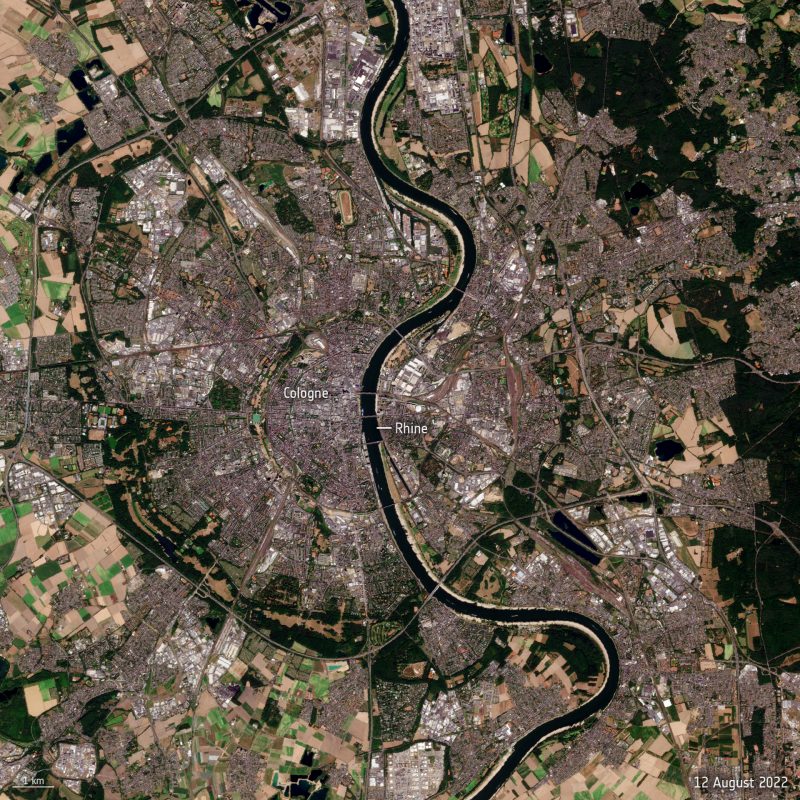
Post a Comment for "How To Revive Your Dying Lawn In Simple Steps"